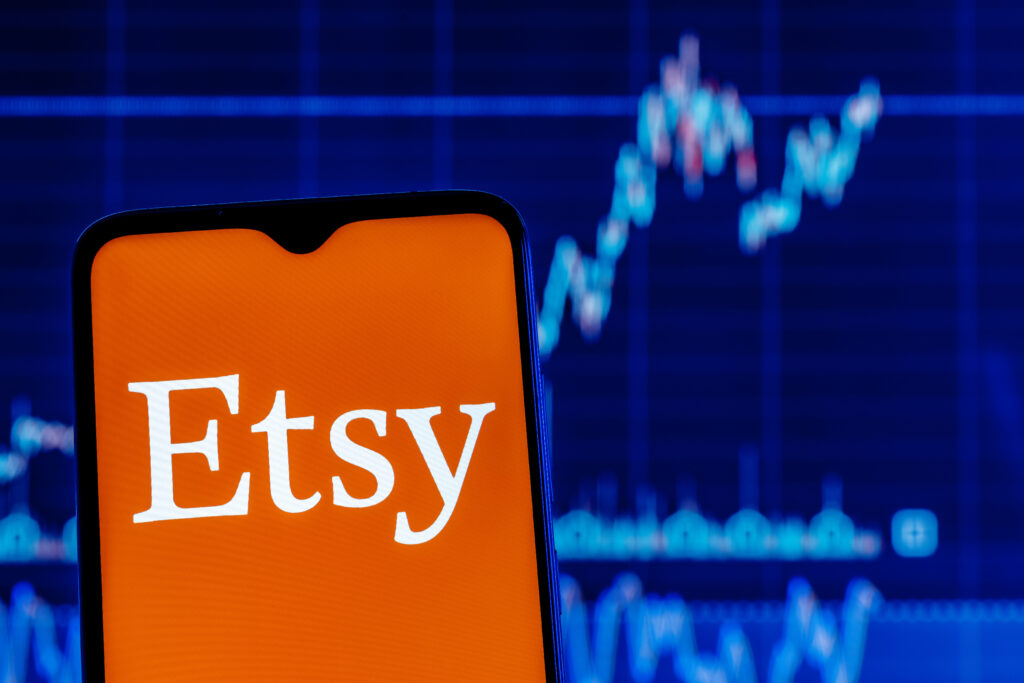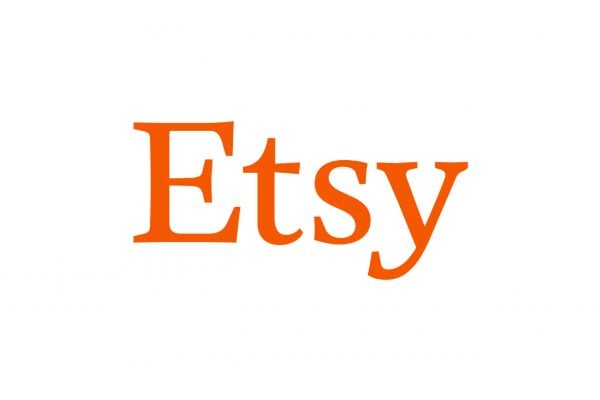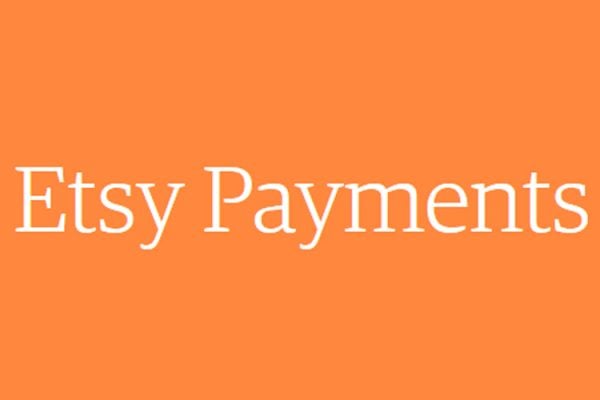Etsy have reported their earnings for the 2nd quarter of 2023, with the Etsy marketplace GMS coming in at $2.6 billion, down 0.7% year-over-year and down 0.4% on a currency-neutral basis.
In great news, Etsy acquired 6 million new buyers, reactivated 21% more buyers than during the prior year period, and retained active buyers at levels above pre-pandemic rates on a trailing twelve month basis. This added up to a new all time high of 91 million active buyers.
GMS per active buyer on a trailing twelve month basis for the Etsy marketplace declined 6% year-over-year to $128 in the second quarter. Spend per active buyer declining might sound bad, but trends in spending metrics have began to stabilise on a sequential basis as the strong pandemic related periods have fully rolled out of the trailing twelve month metric.
The Etsy marketplace’s active buyers reached an all-time high in the second quarter, signaling the relevance of our brand and our ability to create opportunities for our sellers. This growth in buyers helped our core marketplace return to year-over-year GMS growth in May and June, and we are pleased to see GMS growth continue into the beginning of the third quarter. We believe we can unlock significant growth opportunities by making Etsy a more organized, curated, and reliable place to shop, and we are aligning our investments and efforts with initiatives that move us toward this vision. Our teams are working with speed and agility to execute on our ambitious roadmap and continue serving our global community.
– Josh Silverman, Etsy, Inc., Chief Executive Officer
Payment Reserves
What’s top of many Etsy sellers concerns at the moment, isn’t how many buyers the marketplace has or how much their spending, but payment reserves of up to 75% of income on the marketplace. Recently, it looks like Etsy tweaked their algorithms to hold more money from more sellers.
This is nothing new, we’ve seen payment reserves on plenty of other marketplaces and it’s certainly not new to Etsy. However on the face of it, and judging by the amount of complaints, it looks like they’ve ratcheted up the algorithm and suddenly a lot of sellers have been caught and are short of funds they expected to hit their bank accounts.
Etsy say that of their active sellers, less than 2% are impacted by payment reserves, although they’ve also bent to pressure from the media and Ministers and promised to relax limits and holds, without specifying how much of seller’s funds they’ll release.
Often, the sellers caught with payment reserves are doing something the marketplace doesn’t like. One small business came to me in the Autumn of last year when Etsy imposed a payment reserve on their account – they were shipping Royal Mail with no tracking and once they switched to Evri tracked services funds started to be released immediately again.
Etsy is a marketplace with a large number of made to order and customised products and that means they naturally can’t all be shipped same day. This is always a danger, as if you have a lead time of a couple of weeks before you ship orders, nefarious sellers, or those that genuinely hit problems such as illness, could rack up a ton of sales which the marketplace would then have to refund.
Unfortunately payment reserves are here to stay in the marketplace industry and from time to time different platforms will adjust the criteria for a reserve. Sometimes the reserve levels won’t even change, but seller standards will and a change in expected service levels which hitherto had always been acceptable will suddenly be deemed substandard leading to reserves.
But it’s worth remembering that we’re dealing with real people here and suddenly, with practically no notice, imposing reserves on micro businesses who have food to buy, bills to pay and stock to purchase is never going to be welcome. Etsy may have just learnt that imposing reserves on less than 2% of your sellers might generate an extraordinary amount of noise…. sellers are nothing if not vocal when they feel they’ve been unfairly treated.









